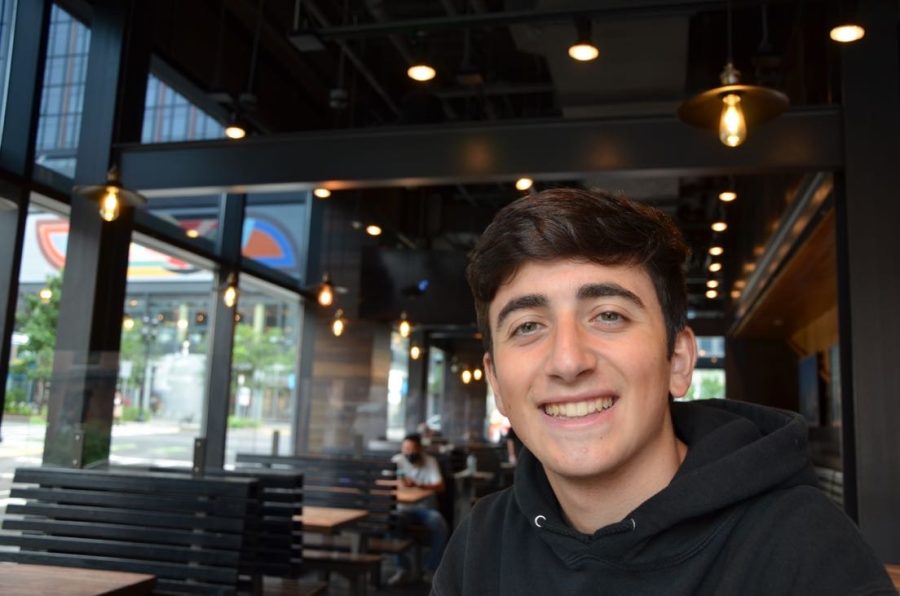The Cost of a Dream
Students such as NASH senior Jacopo DiPrato who are not U.S. citizens or permanent residents face an extra challenge during college admission season.
photo courtesy of the Di Prato Family
NASH senior Jacopo Di Prato is one of the thousands of students not received Federal Aid this year.
April 4, 2022
As college decisions are released, students across the nation begin comparing costs and the different types of aid given to make their decision.
Unfortunately, not all students have the same luxury to receive financial aid from the government. People who are not United States citizens or green card holders are not eligible to receive FAFSA (Free Application for Federal Student Aid) even if they have been paying taxes during their stay in the U.S. This puts an extra strain on such students and families during an already stressful time.
Jacopo Di Prato, a NASH senior, moved from Italy to the United States during his freshman year with his family for his father’s job. He has recently been faced with the challenge of choosing whether to move back to Italy for a cheaper education or stay in America and pay full price for his college education.
Students in Di Prato’s situation do not receive federal aid from schools, although some private schools offer the option to submit the CSS profile, a form similar to the FAFSA but not restricted to US citizens that allows students to receive a small amount of financial aid from the school directly.
“When I was looking into continuing my education in America, I realized that no matter where I went, the cost would almost always be well over what I expected,” Di Prato said.
Choosing to return to their home country is not an uncommon decision for non-American residents. The biggest advantage of returning to a home country for college is the price. The maximum price for college in Italy as a citizen is $5,000, but even that is very rare. For most students in Italy, the cost of education sits around $2,000-3,000. Outside of Italy, the cost of university for European countries sits around the same price for native citizens.
“If I choose to return to Italy for school, I would receive approximately the same level of education and would go back to a culture that I have missed for the last couple of years,” Di Prato said.
Although returning home may seem like the best option for immigrant students, it is not as easy as it seems. Some American school credits and documents are unusable at colleges back home. Similar to the SATs, Di Prato, along with other students considering going to school in their home country, must take the TOLC-I (Test OnLine CISIA). The TOLC-I is a similar format to the American SAT but includes subcategories of chemistry and physics. Unfortunately, for students still living in America, the TOLC-I must be taken at the same time around the world, so they would have to take the test at 3 A.M.
Staying in America for college comes with many benefits, of course. In particular, American schools are better known for connecting graduated students with job opportunities, while in other countries, it may not be the same fate.
“Unfortunately, if I return to Italy to save money, I would have to re-adapt to the school system I did not enjoy and be faced with the lack of connection between universities and jobs,” Di Prato said.
What is being done to help non-American students such as Di Prato facing crippling debt? Not much.
Universities and admissions experts alike have come forward on the issue, speaking out about the unfair choices students will have to make to afford school. Fortunately, in recent years, numerous scholarships have been created specifically for non-American citizen or permanent resident students who want to pursue an American education.
Over the past few years, some legislators have pushed towards a free community college education for everyone. If this were to be passed, it would greatly increase the number of immigrant students in America.
The proposal intends for the federal government to roll out 111 billion dollars from 2023 to 2028. The money would be evenly distributed and would cover the cost of tuition at any community college. This plan would help students stay in America as they wish and turn their dreams into reality.
“For myself and others in Italy, we grew up watching American movies and dreamt of attending college here. I hope that dream will come true for me,” Di Prato said.













